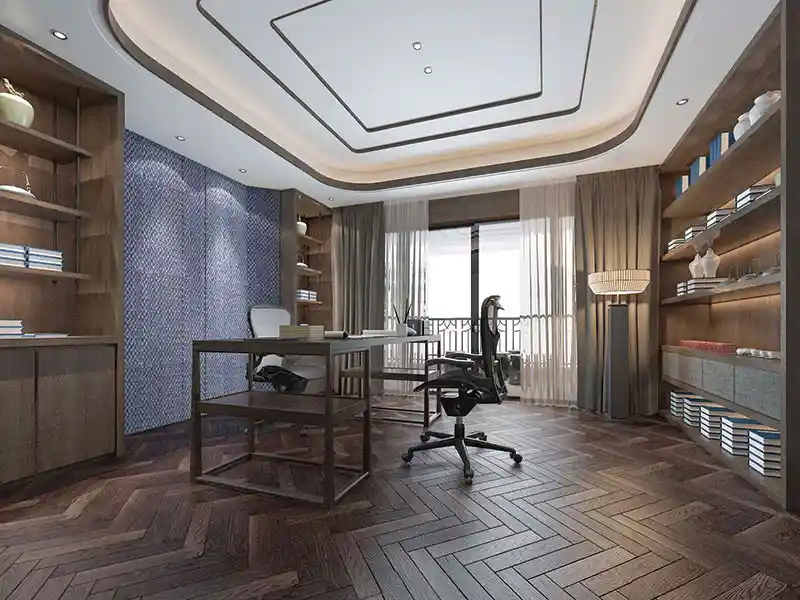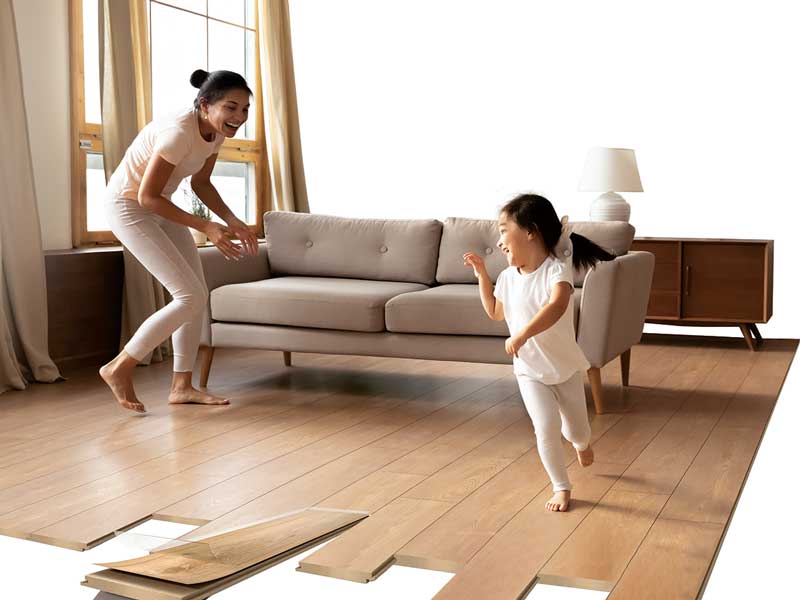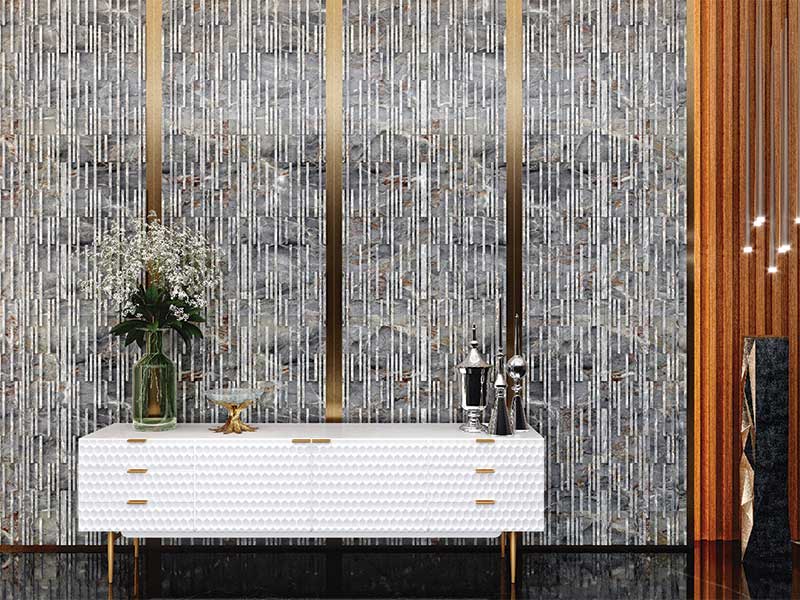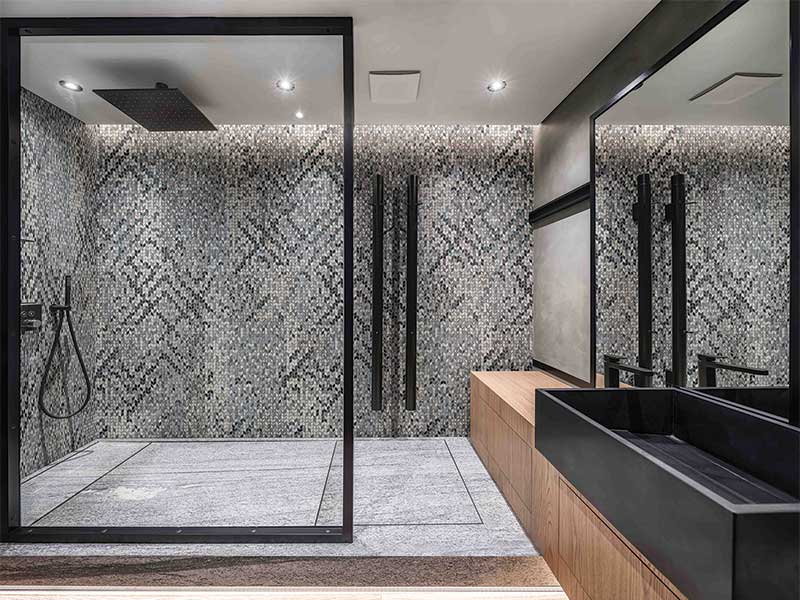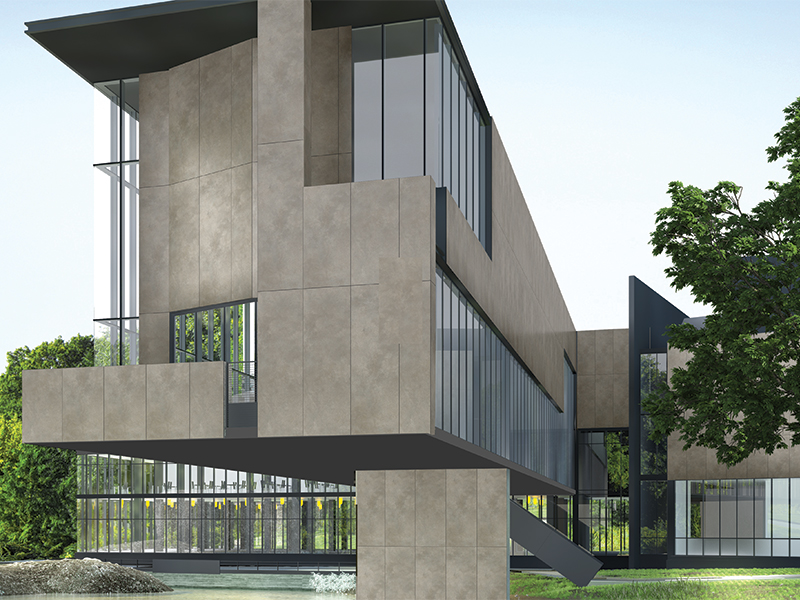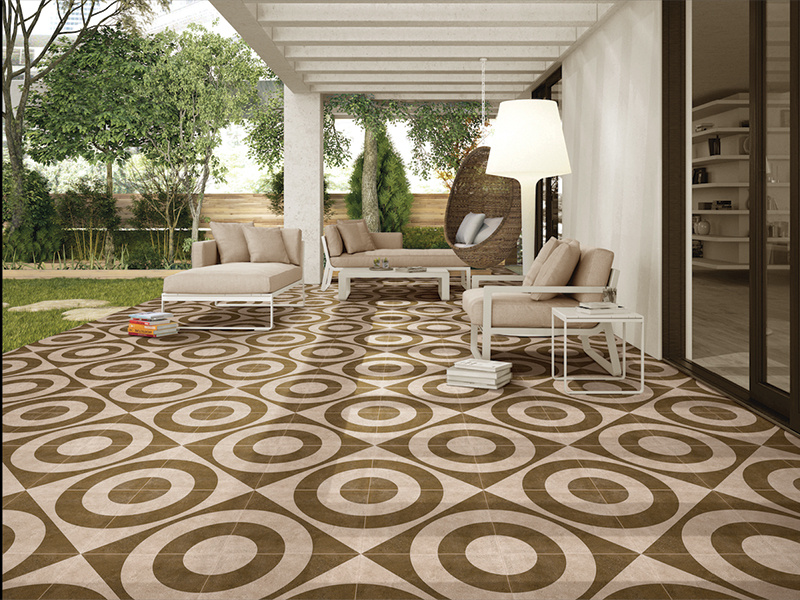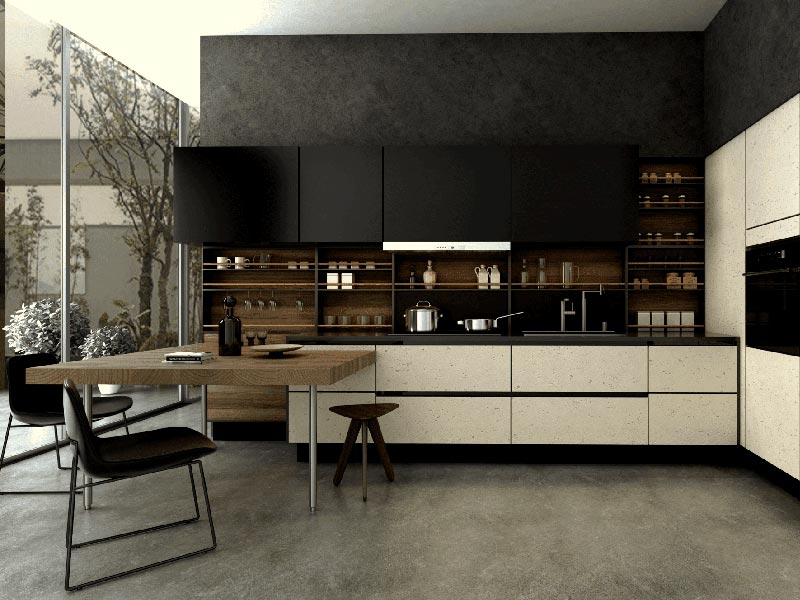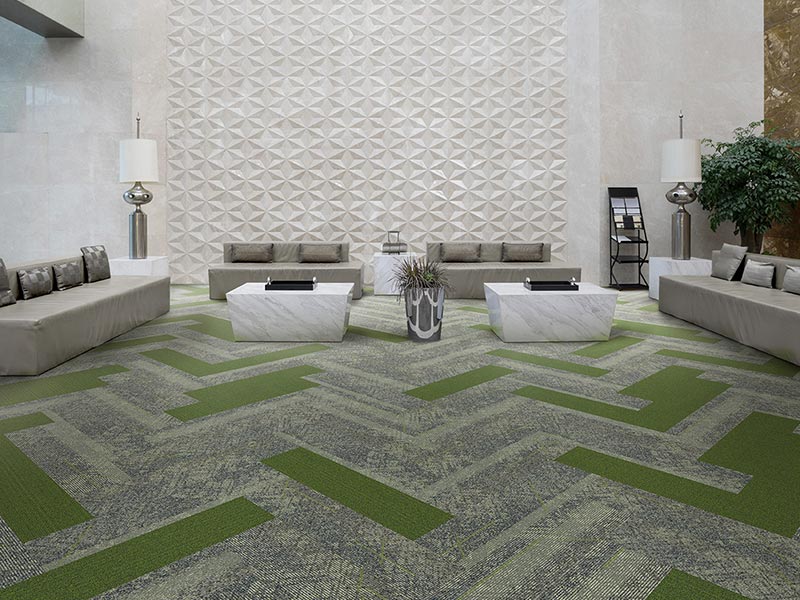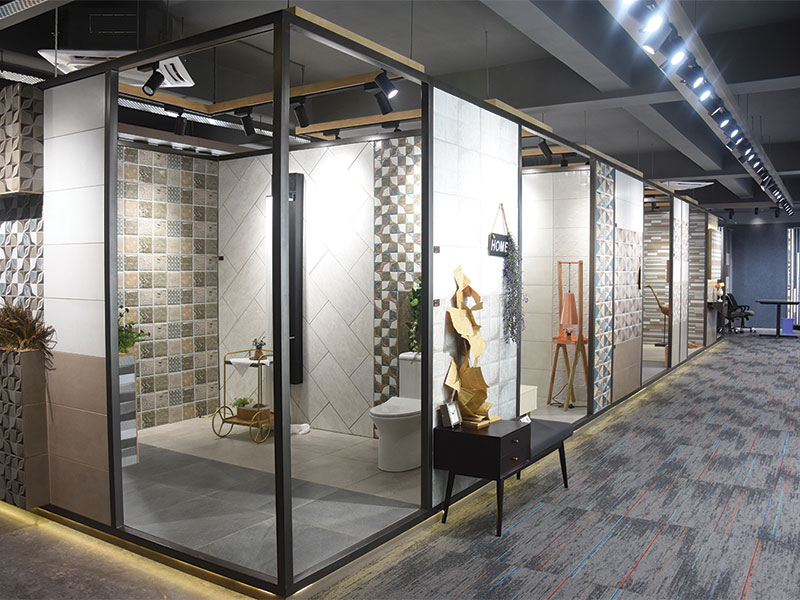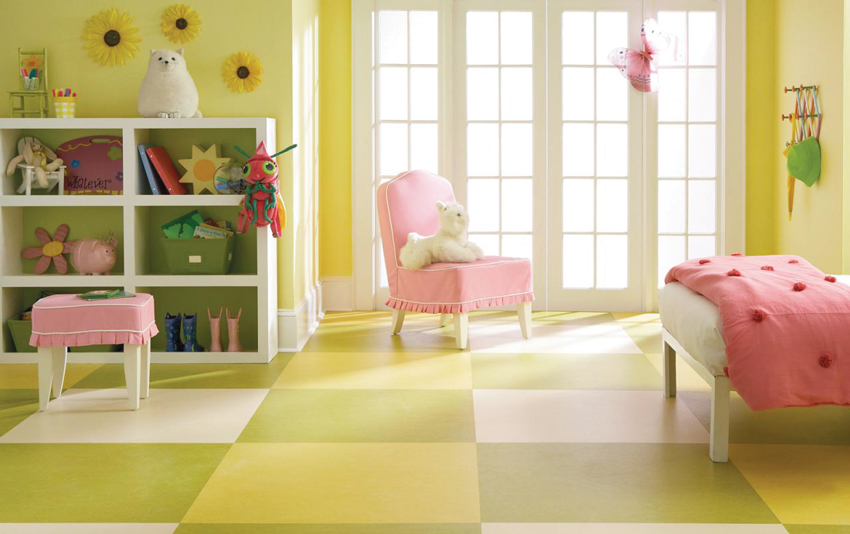

Flooring, just like fashion statement, passes through phases of styles that grow quickly in popularity, only to die down while giving way to another to come over. When we talk of today, the current trend is pushing the industry stakeholders to discover more and more eco-friendly stuff that are durable and recyclable so as to maintain the symmetry with the ongoing green run. Nevertheless, increased awareness pertaining to the use of eco-friendly materials has moulded the attention of modern day users towards vinyl, cork, linoleum, rubber, and glass, which are expected to favourably impact the resilient flooring market in time to come.
Growth Drivers
Resilient flooring, which includes luxury vinyl tiles (LVT), vinyl composite tiles (VCT), vinyl-backed sheet, glass tiles, linoleum, cork, bamboo, and of course, rubber, provides a high degree of performance in high traffic areas. What is driving its market is the technological proliferation backed by rapidly increasing usage in a wide range of application segments. At the same time, with an ever increasing boom in the country's real estate in general and interior in particular, flooring solutions have gained considerable importance. Innovations in product development and hassle-free installation techniques have significantly been widening the scope of resilient flooring across all segments – be it industrial, commercial, or home applications.Development of new innovative products and trends in floor designs has been critical over the last few years. In addition to traditional materials such as wood, stone, and ceramic, there are several innovative solutions available that are durable and require low maintenance. Properties such as anti-scratches and anti-bacterial are being asked by the architects and designers for creating a germ-free atmosphere. All this together has pushed the demand for resilient floorings to an upsurge as it can be created with any combination of wear-layer protectants to help minimize scratching, scuffs, and stains out of daily wear and tear with added anti-slip properties.
No wonder, why the country's burgeoning commercial segment comprising healthcare, government, education, retail, and other sectors has been deviating from traditional flooring solutions to more cost-effective and eco-friendly flooring ones. In residential applications, it is primarily getting space in kitchens and bathrooms owing to its water-resistant capability. Moreover, the expansion of ultramodern offices and workspaces along with rapid urbanization and evolved consumer lifestyles are paving the way to the growth of this relatively newer flooring substance.
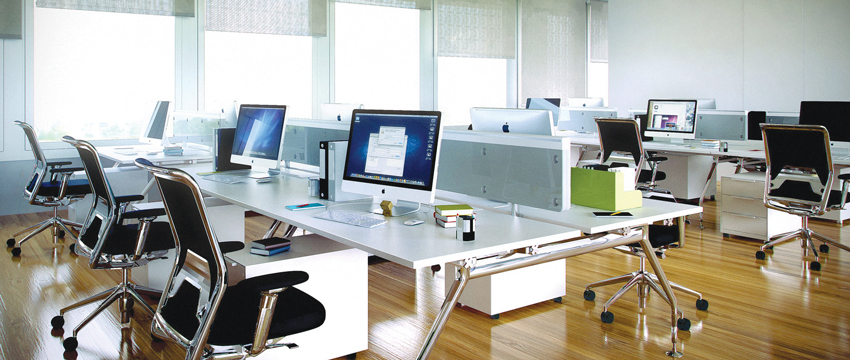
For those having concern for the green, the renewable, and the sustainable, following are a few options to choose from, depending on the usage and application areas:
Vinyl flooring enhanced with aluminum oxide, a scratch-resistant element, and matter finish with built-in protection from mold, mildew, and discoloration, has wide range of commercial applications. Besides, vinyl sheets are predominantly used in education and healthcare, with the latter using substantial quantity of homogeneous sheet in clinical settings. As sheets satiate the performance requirements in healthcare applications, the growth of the healthcare market has buoyed its demand. Meanwhile, LVT has made rapid penetration in most of the application areas including back office applications, break rooms, corridors, and cafeterias, with their use in healthcare undergoing substantial growth outside sterile settings.
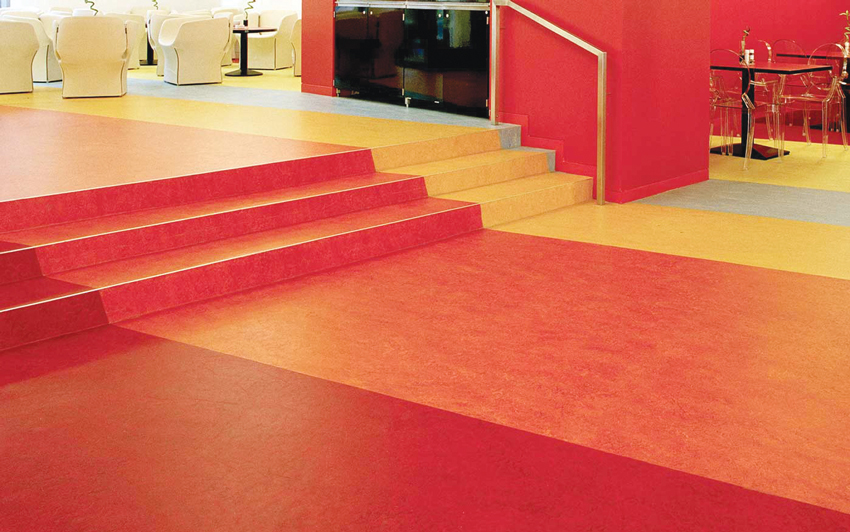
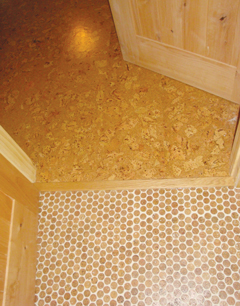
Cork is relatively new to the flooring as it is usually seen on the walls as murals or with wine bottles as caps. But it is great material for floors as it controls sound by absorbing footfalls and noise, besides being green or environmentally friendly. Cork is harvested from the bark of the cork oak tree which grows back every three years, making it an ideal renewable source. Commonly found in the forests of the Mediterranean, it has anti-microbial properties that reduce allergens in the home. Also, it is fire-retardant, easy to maintain and acts as a natural insect repellent too. Like wood, cork can also be painted in variety of sheds and finishes to suit any color scheme or design style to match the interiors. Its durability allows its uses in any part of the house. Cork floors, depending on the quality, can last between 10-30 years.
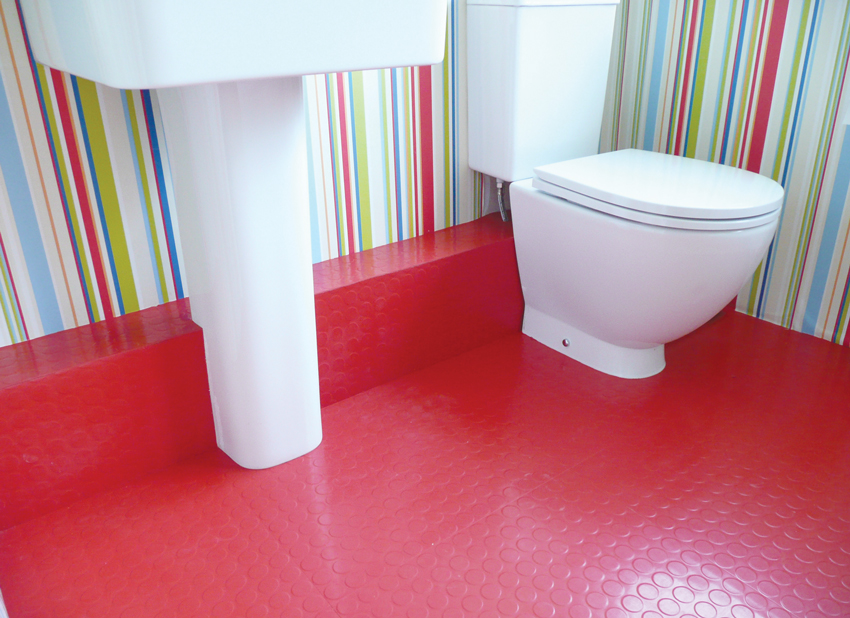
Rubber by nature is strong, tough, and resilient against a variety of conditions. Easy to clean and maintain, this material is resistant to burns left from cigarette butts and other small heat sources. It is also non toxic, and does not release noxious fumes into the air in case of fire. Despite the fact that it has commercial grade durability, its nonporous attribute has dragged it into the modern bathrooms and kitchens. What's more, rubber can act as a powerful sound barrier between floors in a building depending on the thickness of the tiles applied. Its natural elasticity helps reducing noise from walking and rolling carts by up to 18 db. In rubber flooring, when first gained residential popularity during the 1970s, the available colours were typically polished black or slate gray. Nowadays, there are countless colour and pattern options available even to replicate marbling and random speck patterns found in natural stone materials to blend more naturally into a living space.
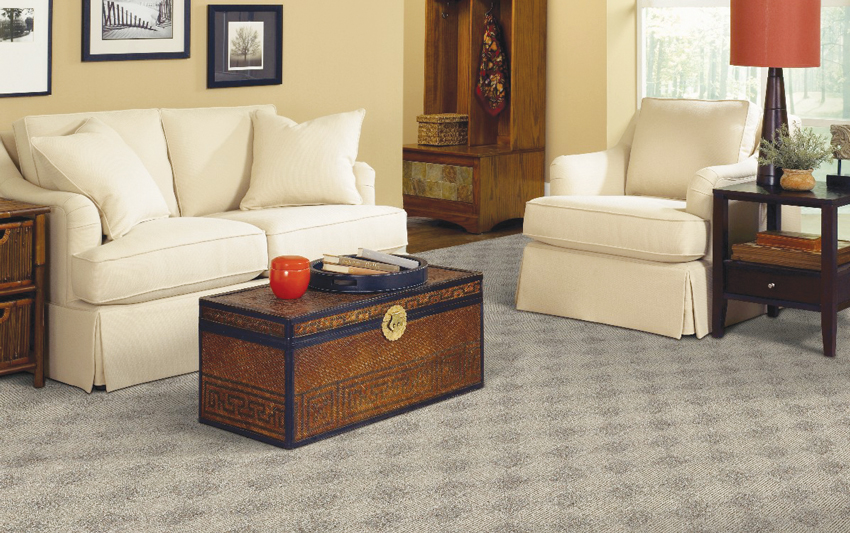
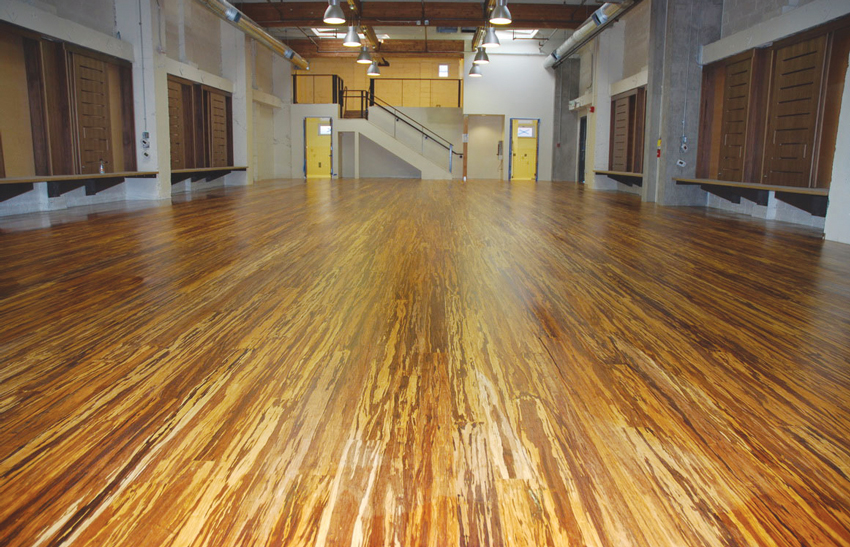
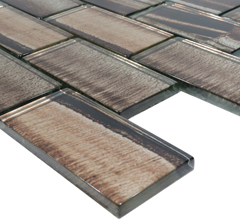
Last but not the least, made from recycled wine and beer bottles, glass tiles look beautiful. Since the 1990s, a variety of modern glass tile technologies, including methods to take used glass and recreate it as 'green' tiles, has resulted in a resurgence of interest in glass tile as a wonderful option for floor and wall cladding. It is now commonly used in kitchens, spas, and bathrooms of the modern architectures. Glass has similar benefits of other eco-friendly materials. It is non-absorptive and won't mold in damp environments. It is easy to maintain and won't stain. Glass comes in myriad options of colors, patterns, and finishes suitable for most design schemes. Unlike ceramic tiles, glass reflects light rather than absorb it, adding that additional layer of light some rooms need.


